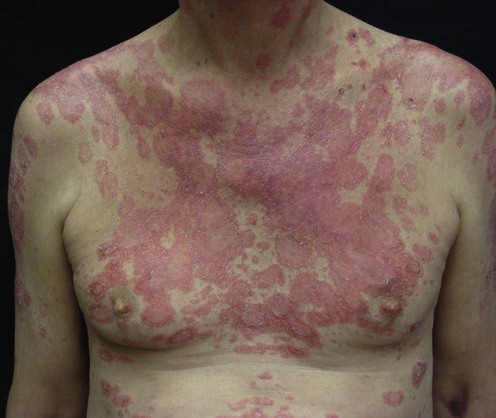Feldmann R, Salomon D, Saurat JH. Dermatology 1994; 189: 425–7.
Subacute cutaneous lupus erythematosus

Specific investigations
First-line therapies
The association of the two antimalarials chloroquine and quinacrine for treatment-resistent chronic and subacute cutaneous lupus erythematosus.
![]()
Stay updated, free articles. Join our Telegram channel

Full access? Get Clinical Tree






 Cosmetics
Cosmetics Sunscreens and protective clothing
Sunscreens and protective clothing Corticosteroids
Corticosteroids Antimalarials
Antimalarials Topical retinoids
Topical retinoids Topical tacrolimus or pimecrolimus
Topical tacrolimus or pimecrolimus